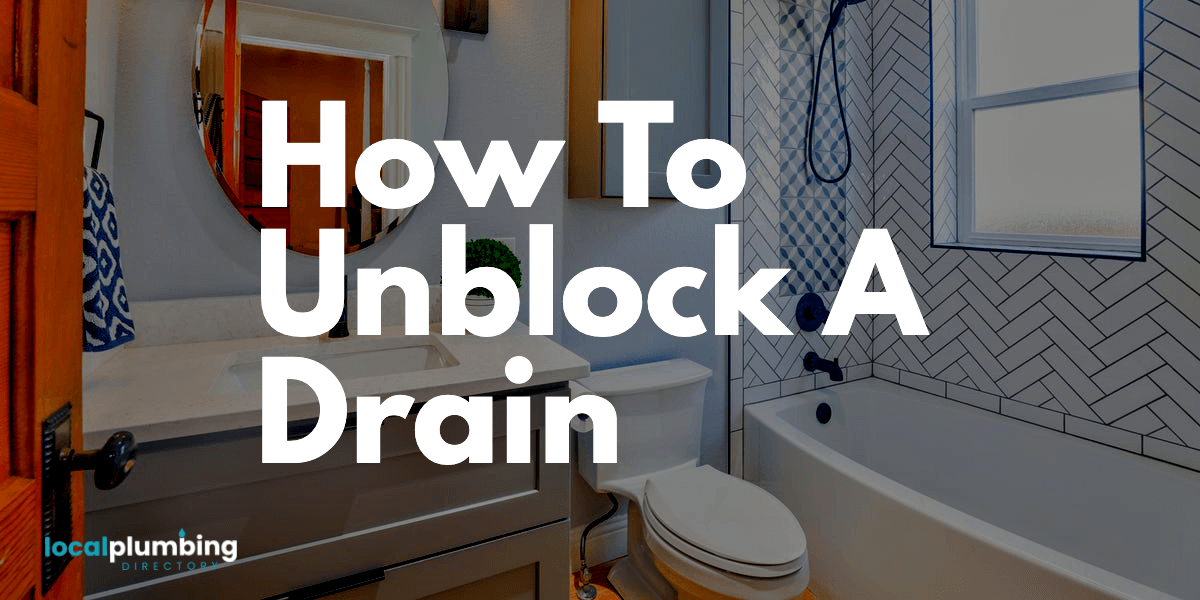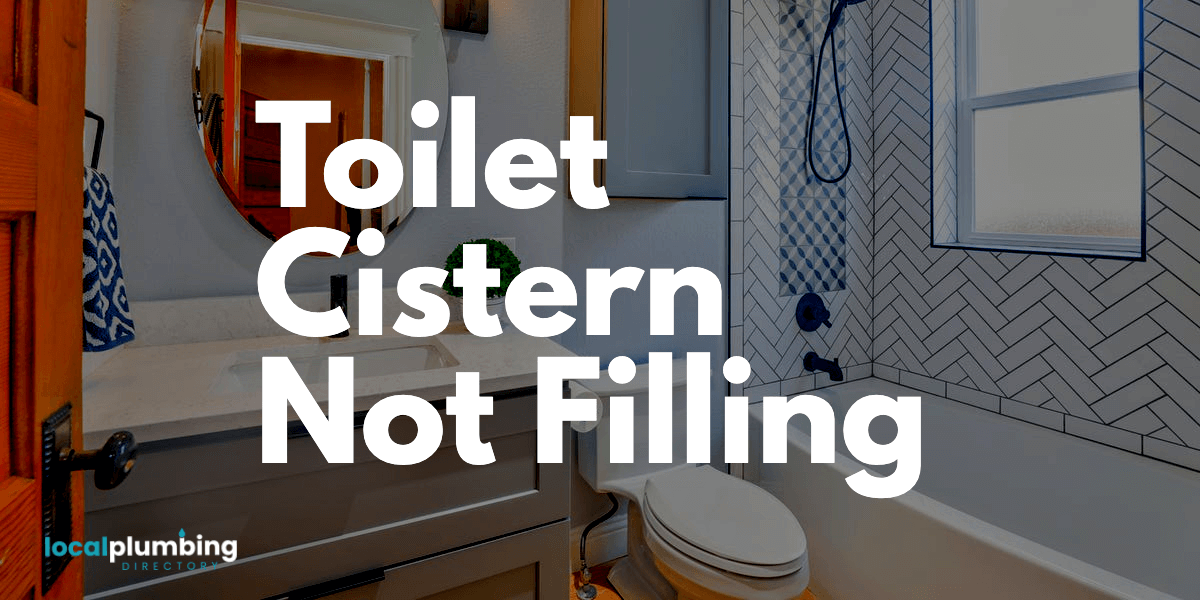A clogged drain can be extremely irritating, especially when it becomes smelly after a long period of blockage. This offensive odour will affect your house and surrounding neighbours.

Posted at:2 years ago
Got a blocked drain? don't panic, here are top tips.
A clogged drain can be extremely irritating, especially when it becomes smelly after a long period of blockage. This offensive odour will affect your house and surrounding neighbours. Asides the unpleasant smell, a clogged drain is not even hygienic because of the bacteria and germs it accommodates. You don't have to wait until your neighbours complain to you before you take action.
This blog seeks to provide for you, the perfect solutions to your clogged drain problems! Read further to know the steps you can take to unblock your external drainage and get it back in order:
Step One:
Inspect The Obstacle
Check for the appropriate way to uncover your outside drainage. In most cases, the right way is to remove the drain lid. You should also check for screws because if there are, then you will need a screwdriver. You can even manoeuvre drain rods to lift the cover. When you expose the drainage, investigate the cause of the blockage. The possible causes are debris, leaves, dirt, or grease.
However, the source of blockage could be worse, and that is why you should check if it's near the surface or hidden. With a compact drain camera, you can access farther into the drain to view the problem.
Also, you should examine to make sure it is something that you can quickly fix. Once you are sure that you are capable of fixing the blocked drainage yourself, then move on to the next procedure. In the case that you can't do it yourself, then you should leave it to a professional, that is, call a plumbing company.
Step Two:
Gather The Required Equipment For A Blocked Drainage
The required equipment for unblocking drainage depends on the kind of blockage you are dealing with. The first step is to locate the blocked area so that you can determine the appropriate tool for the job. When you know the location, you can then choose the equipment that can reach the blockages and work to remove them. For outdoor blocked drainage, you will most likely need both a manual drain cleaner and drain rods to eliminate stuck dirt.
However, a drainage rod is the essential equipment. It is a long, emaciated, adjustable and comprises steel joints. The tool is used to facilitate your access to the drain by pushing through the blockage inside it.
Furthermore, you will need some coverings to shield your body or outfit from any potential stain. They include:
The other equipment you require are a pressure hose and a bucket. Some tools that you might want to keep around for fundamental plumbing issues are:
Step Three:
Extract All Obtainable Blockages Using Various Tools
Extracting depends on how far inside the drain, the blockage is. So, if you use drain rods, you may have to link several parts together to reach the blockage. Drive the rod deep into the drain until the blockage is reached and then apply pressure to fasten the blockage. Make sure that you move the rod back and forth and in and out of the sink. You may need to spend more time plunging, specifically if the debris has developed over time. Also, turn the rods clockwise if you have to twist them so that they won't overlap while you are using them. Otherwise, you might have yourself an unscrewed drain rod deep in the sink where you might not be able to reach to retrieve.
When it comes to the manual drain cleaner, you have to follow the instructions meticulously. You will have to insert the adjustable metal coil into the drain until it meets the blockage. Afterwards, apply the cutting head to clean the debris.
The function of the drain snakes is the same as that of the manual drain cleaner. However, drain snakes have more alternatives such as pulling the debris out, cutting it up, or pushing it out of the drainage system. Read the instructions that are attached to the drain snakes for maximum information on how to use it.
Lastly, you have the option of using your hands, which is why we previously instructed you to get gloves and long sleeves. If your arm can reach some of the blockages, then stick it in the drain. Sometimes, using your hand makes it easier for the drain rods to perform excellently. As you remove any scrap of blockage material, you should put it the bucket.
Step Four:
Tidy Any Excess Debris
The saying, 'whatever is worth doing is worth doing well,' applies in this scenario. Now that you have extracted the blockage and flow of water in your outside drain is now regular, what's next? Well, the ideal thing to do is to make sure you prevent the obstacles from coming back. Here, you need the pressure hose we stated earlier to clear out any extra dirt that has developed near the drain. The force of water from the hose pipe will remove all the leftover components from or around the blockage. You need to do this to forestall the time you will have to do this again.
Other ways to prevent a potential blockage from outside drain include:
Step Five:
What Do You Do If The Problem Is Beyond Your Capability?
The obvious thing to do is get help, but whose assistance do you need? You need to get professional advice. Outdoor drains are more complicated than sink blockage. Although you can use DIY tutorials, not everyone can comprehend the basics. It is advisable not to improvise and cause more damage to the external drainage.
Conclusion
If you have clogged gutter pipes, then you can also apply the above steps to fix them. Blockage in any plumbing system can be nasty because it promotes stagnant water, which stinks and is automatically contaminated. Don't hesitate to call for our services if you can't get this done on your own. After all, fixing drains is our speciality, not yours!

A clogged drain can be extremely irritating, especially when it becomes smelly a...

Is your toilet cistern not filling, here we look into the reasons why and how th...

Are you looking for a greener way to unblock your sink or drain, here we look at...